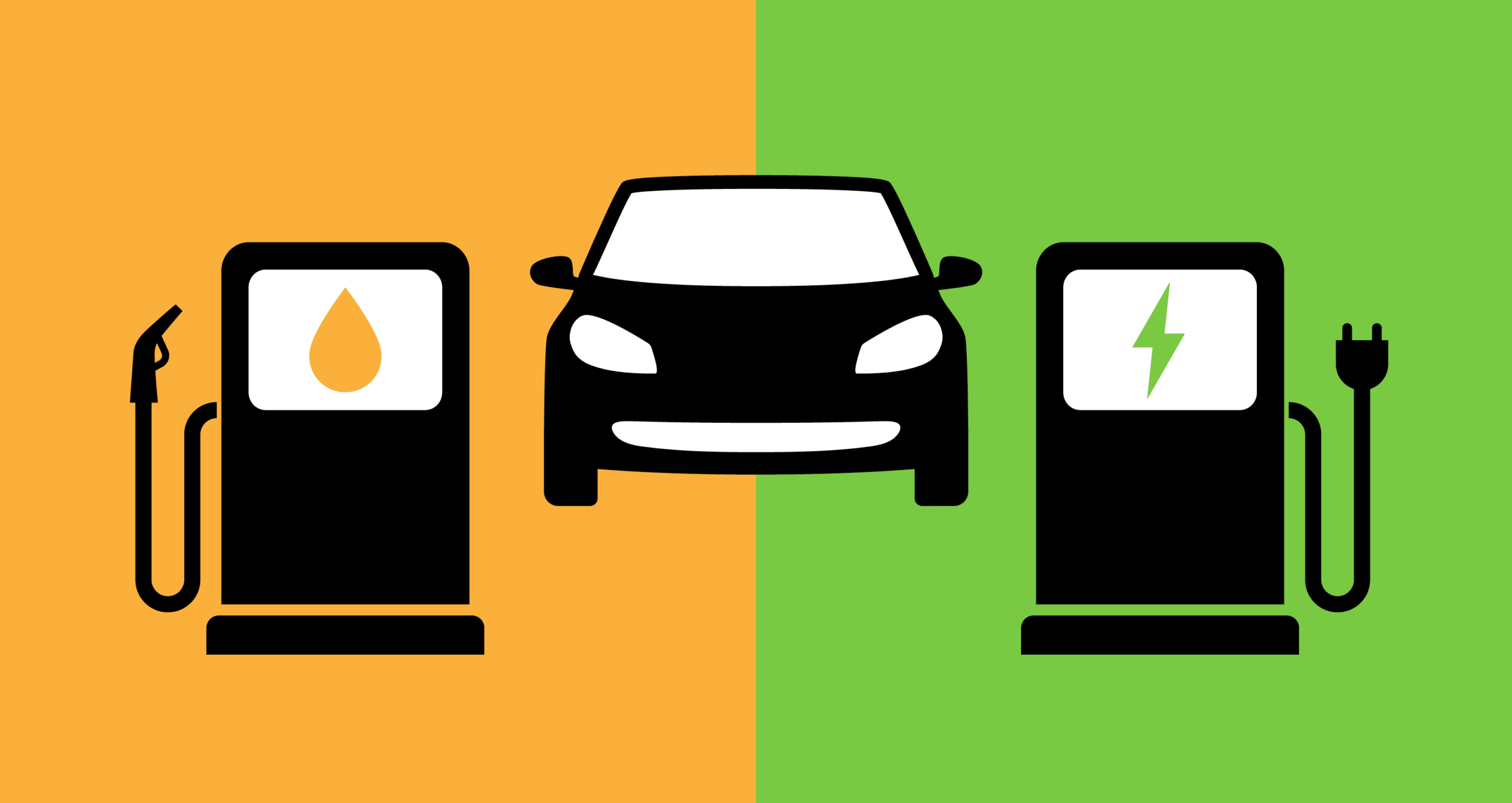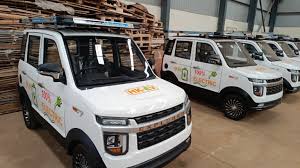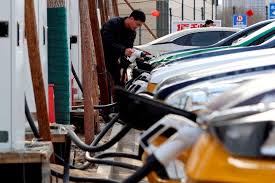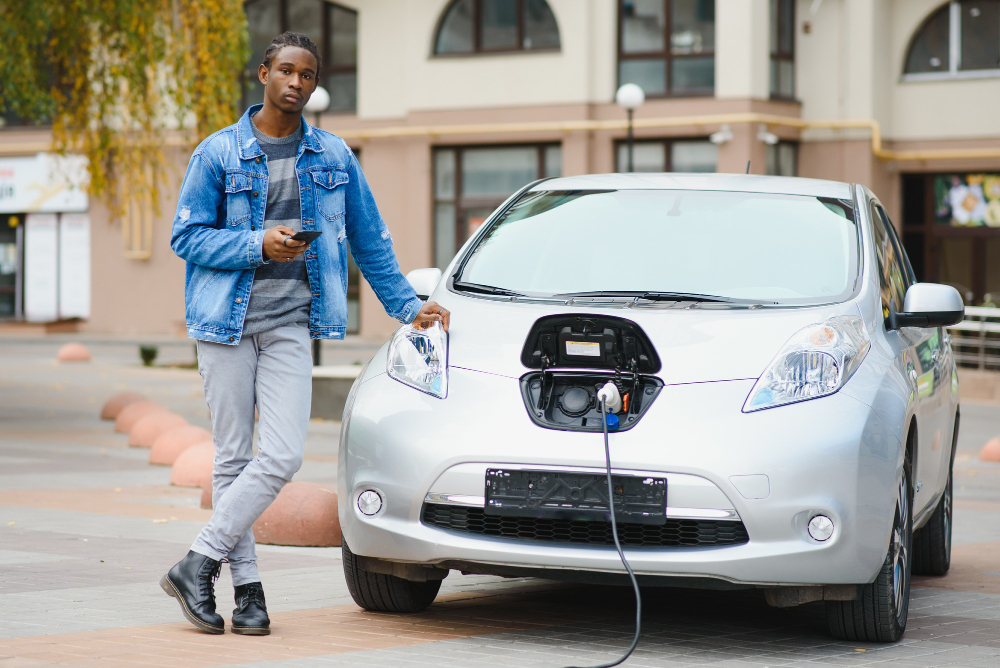
How Kenyan Automotive Brands Can Market Electric Vehicles
Introduction
As the world accelerates toward a greener future, electric vehicles (EVs) are becoming a cornerstone of sustainable transportation. In Kenya, where environmental consciousness is growing alongside the need for affordable and efficient mobility, the market for electric vehicles holds immense potential. However, for Kenyan automotive brands, the challenge lies in effectively marketing these innovative machines to a population that may still be unfamiliar with or skeptical about EVs. With the right strategies, local brands can not only drive adoption but also position themselves as pioneers in Kenya’s automotive revolution. This article explores actionable ways Kenyan automotive brands can market electric vehicles, blending global best practices with a deep understanding of the local context.

Body Understanding the Kenyan Market Landscape
Before diving into marketing strategies, it’s crucial for Kenyan automotive brands to understand the unique dynamics of their market. Kenya’s automotive sector is dominated by second-hand imports, primarily from Japan, which are often seen as more affordable and reliable. Electric vehicles, on the other hand, come with a higher upfront cost and concerns about infrastructure, such as charging stations. Additionally, while urban centers like Nairobi are more open to tech-driven solutions, rural areas may prioritize practicality over innovation.
To bridge this gap, brands must tailor their messaging to address these concerns head-on. Highlighting long-term cost savings, environmental benefits, and the growing network of charging infrastructure can help shift perceptions. For instance, showcasing how EVs reduce fuel and maintenance costs compared to traditional internal combustion engine (ICE) vehicles can resonate with cost-conscious consumers.
Kenyans, like many consumers worldwide, connect with stories more than raw data. Automotive brands can market EVs by crafting compelling narratives that showcase real-life benefits. Imagine a campaign featuring a matatu driver in Nairobi who switched to an electric minibus and saved significantly on fuel costs while contributing to cleaner air. Such stories humanize the technology, making it relatable and aspirational.

Brands can also tap into Kenya’s cultural pride by positioning EVs as a symbol of progress and innovation. Highlighting how local companies are designing or assembling electric vehicles can foster a sense of ownership and national pride. For example, companies like Mobius Motors or even startups venturing into EV production could emphasize their “Made in Kenya” ethos, appealing to consumers who value supporting homegrown businesses.
A significant barrier to EV adoption in Kenya is a lack of awareness. Many potential buyers are unaware of how electric vehicles work, their benefits, or the available infrastructure. Kenyan automotive brands must take on the role of educators through targeted campaigns. This can include:
- Workshops and Test Drives: Hosting community events where people can experience EVs firsthand can demystify the technology. Offering free test drives in urban and peri-urban areas can create buzz and allow consumers to feel the quiet, smooth ride of an EV.
- Social Media Campaigns: Platforms like Twitter, Instagram, and TikTok are hugely popular in Kenya, especially among younger demographics. Short, engaging videos explaining EV basics—such as how to charge, range capabilities, and cost savings—can go viral if done creatively.
- Partnerships with Influencers: Collaborating with local influencers, from tech bloggers to popular comedians, can amplify the message. Imagine a skit by a comedian like Churchill or Jalang’o humorously debunking myths about EVs running out of power mid-journey, while subtly promoting a local brand.

Education should also address myths, such as the idea that EVs are only for the wealthy or that Kenya lacks charging infrastructure. Brands can highlight initiatives like the Kenya Power and Lighting Company’s (KPLC) efforts to install charging stations and partnerships with private players to expand the network.
One of the biggest hurdles for EV adoption in Kenya is the perception of high costs. While the upfront price of an EV may be higher than a used ICE vehicle, the total cost of ownership is often lower due to reduced fuel and maintenance expenses. Kenyan brands must communicate this clearly through marketing campaigns that break down costs over time.
Moreover, offering innovative financing models can make EVs more accessible. Brands can partner with local banks, microfinance institutions, or even mobile money platforms like M-Pesa to provide flexible payment plans. For instance, a “pay-as-you-drive” model, where monthly payments are tied to usage, could appeal to boda boda operators or taxi drivers looking to transition to electric motorbikes or cars. Marketing materials should spotlight these financing options with clear calls-to-action, such as “Drive electric for as low as KSh 5,000 a month!”

Not all Kenyan consumers have the same needs, and a one-size-fits-all marketing approach won’t work. Brands should segment their audience and develop targeted campaigns. For example:
- Urban Professionals and Businesses: In cities like Nairobi and Mombasa, professionals and companies are more likely to adopt EVs for their eco-friendly image and long-term savings. Marketing to this group can focus on sleek designs, tech features, and corporate social responsibility (CSR) benefits.
- Public Transport Operators: Matatus and boda bodas are the backbone of Kenyan transport. Brands can market electric versions of these vehicles by emphasizing fuel savings and durability. Pilot programs where operators test EVs for free for a month can create word-of-mouth buzz.
- Rural Consumers: In rural areas, where electricity access may be limited, brands can promote solar-powered charging solutions alongside EVs. Highlighting rugged, all-terrain electric motorbikes that can handle rough roads could appeal to farmers and small business owners. Building Partnerships for Broader Reach
Collaboration is key to scaling EV adoption in Kenya. Automotive brands should partner with government bodies, NGOs, and private companies to amplify their marketing efforts. For instance, working with the Ministry of Energy or the National Transport and Safety Authority (NTSA) to promote EV incentives—such as tax breaks or subsidies—can be a powerful selling point in campaigns.
Additionally, partnering with renewable energy companies to bundle EVs with solar charging kits can address infrastructure concerns while appealing to environmentally conscious buyers. Imagine a campaign slogan like “Power Your Ride with the Sun!” that ties EV ownership to Kenya’s abundant solar potential.

Kenyans are increasingly aware of climate change and air pollution, especially in urban areas plagued by traffic congestion. Marketing EVs as a solution to these issues can strike a chord. Brands can launch campaigns with slogans like “Drive Clean, Breathe Easy” to emphasize the environmental benefits of EVs. Partnering with local environmental organizations to plant trees for every EV sold or hosting clean-up drives can further reinforce this message.
Beyond the environment, brands can highlight how EV adoption supports job creation in Kenya’s green economy. Marketing materials could showcase stories of local technicians trained to service EVs or entrepreneurs setting up charging stations, illustrating the broader social impact.
Conclusion
Marketing electric vehicles in Kenya is no small feat, but with the right strategies, local automotive brands can turn challenges into opportunities. By understanding the unique needs and concerns of Kenyan consumers, leveraging storytelling, prioritizing education, and offering tailored solutions, brands can build trust and excitement around EVs. Partnerships with government, private sector players, and community influencers can further amplify their reach, while a focus on affordability and environmental impact can make EVs aspirational yet attainable. As Kenya moves toward a sustainable future, automotive brands have a chance to lead the charge—quite literally—by positioning electric vehicles as the smart, modern choice for every Kenyan. The road ahead may have its bumps, but with creativity and persistence, the journey to widespread EV adoption is one worth taking.